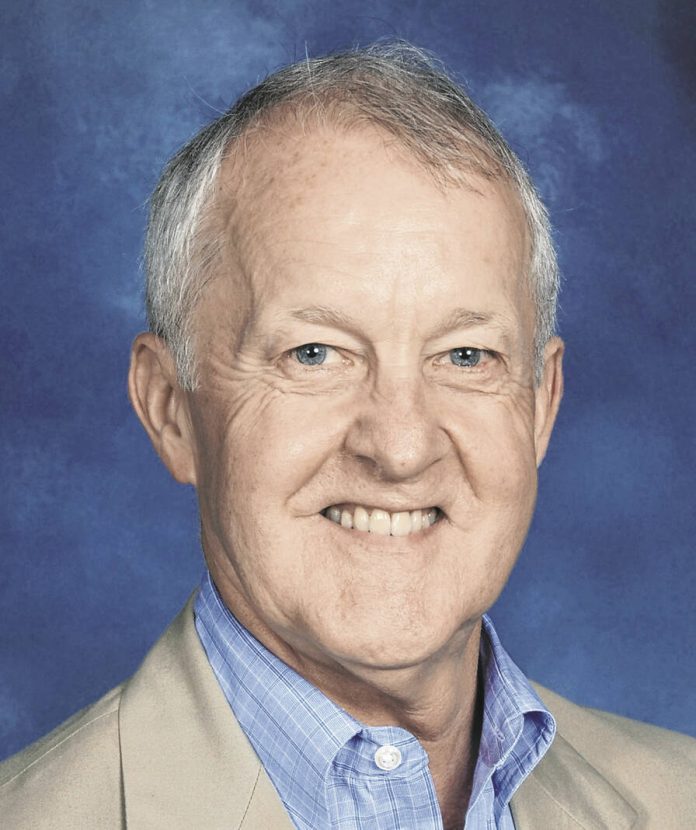The postal car is driving away from the box, so I walk out to discover what surprises await.
Among the donation pleas, charge card come-ons and bills is the latest issue of AARP: The Magazine. Ringo Starr is on the cover and for a moment I am transported to my Baby Boomer youth.
It seems like every magazine during the 1964 Beatlemania period, from Life to Good Housekeeping to Popular Mechanics, wanted to get in on the worldwide craze over the Fab Four. A marketing strategy not unlike the current effort to work a Taylor Swift mention into newscasts (or a newspaper column) on a regular basis.
Now, 60 years later, here I am sitting on my front porch and finding out the Beatles’ drummer tries to eat right and loves broccoli (so do I); tries to work out regularly (me too); and still loves playing music with friends (ditto). Again, I have a memory of young me lying on my bottom bunk bed reading 16 Magazine and learning details that would eventually become useful in conversations with other Beatles-influenced musicians, as well as coming in handy during trivia games.
And, as fate or coincidence would have it, this AARP interview reminds me of a recent news report that Paul McCartney’s missing bass guitar has been found after going missing 50 years ago. To me and to Beatle fans, especially of that era, his violin-shaped Hofner bass is as necessary to the group’s image as mop-top haircuts.
A group called the Lost Bass Project was formed in 2018 to investigate the mystery of the missing guitar. They learned from a former sound engineer who had once worked with McCartney that the Hofner 500/1 was stolen from the back of a van in 1972. From over 100 leads they traced the bass to a local pub near London. The bass was returned to Sir Paul in February of this year.
This brings to mind a similar mystery that happened to a group in which I played back in the 1980s. We usually transported our equipment from gig to gig in a van belonging to two of the members. Almost always we would unload it and take charge of our respective equipment when we finished. But one particularly late night after one of the van owners knew he would have to get up early to get to class (We all were either in classes or working at day jobs) and the rest of us were tired, we agreed to leave everything in the vehicle.
The next morning he drove the van downtown to his class, and when he came back he saw that it had been broken into. Not much the authorities could do, really, and as we didn’t have the specific insurance one needs for such a situation, we had to eat the loss. We managed to replace most of it and decided that as late as it might be, in the future we should probably just go ahead and lug the stuff inside.
“The Extraordinary World of Music” is another fascinating article in the Ringo AARP issue. The piece relates several stories of the effects of music on people who are dealing with dementia. These people isolated in their dementia are shown to respond positively to music, especially music from their past. Researchers believe listening to music is a “full-brain workout” that simultaneously stimulates different areas of the brain. The brain stem, motor and language centers, the auditory cortex, emotion centers and visual systems all are engaged to one degree or another when stimulated by music.
Although it doesn’t reduce the risk of dementia and does not reverse the disease, it can improve cognitive functioning. Researchers seem to agree active and positive music, especially from the past, is good for brain health.
Well, after reading this, it’s clear to me that some of my past musical memories have been positively stimulated by these trips down memory lane with the Beatles and AARP.
Norman Knight, a retired Clark-Pleasant Middle School teacher, writes this weekly column for the Daily Journal. Send comments to [email protected].




